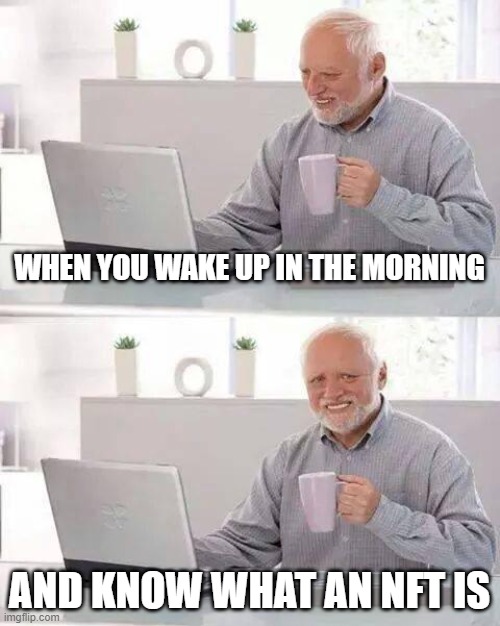I’ve always wanted to own a Picasso. In the real world, I’d have to be an ultra high net worth individual to realise that dream. In the digital realm, that dream is just a (fractional) non fungible token (NFT) away, provided there’s an art seller looking to gain big in crypto by selling the Spaniard’s work in an NFT marketplace.
But how does an NFT, which everybody seems to be talking about at the moment, work? In plain words, it is an Ethereum-based deed that is used to represent ownership of unique items like works of art or one-of-a-kind sneakers.
It aims to retain the uniqueness of a digital work, or what Walter Benjamin described as the “aura” of an artwork in the age of “mechanical reproduction” in his 1935 essay on cultural criticism. Everybody can essentially own a Picasso today due to the ability to print his artworks on a mug, post-card, shirts or even socks. So what good is an NFT?

Creators retain their ownership rights while selling their artwork as NFTs. Since every buy and sell is secured by the Ethereum blockchain, you can source the painting right to the artist rather than solely relying on the creator’s sign on the artwork, or brushstrokes or style to identify the painter. A Picasso would be a Picasso not because it’s made in his signature Cubism style or has his name scribbled in the bottom of a painting, but because there would be a base block storing information that it was created by him. Every subsequent transaction would be registered on top of that.
NFTs also give creators access to a global market. They can sell their work anywhere rather than being limited by geographical boundaries. Right at this moment, you can buy an artwork by Edward Snowden named ‘Stay Free’ on Foundation, a digital marketplace for NFTs, from anywhere in the world, provided you have the means to top the bid of $307,763 worth of Ethers as of Friday morning.
No two tokens are the same either, which adds to the uniqueness of NFTs. Being on the Ethereum blockchain makes the owner easily verifiable.
The Pivot:
The pandemic led to a change in the way art is sold, with the online art and antiques market growing three-fold from 2013 to $12.4 billion last year, according to the latest Art Basel and UBS report. In fact, auction houses like Christie’s and Sotheby’s have embraced NFTs. Beeple’s ‘Everydays’ NFT was sold for $69 million at a Christie’s auction.
NFTs don’t seem to be fading out of popular culture anytime soon either, with Ethereum clarifying that the tokens do not “directly” increase the blockchain’s carbon footprint. So would you buy your favourite artist’s work if it was to be sold as an NFT?


